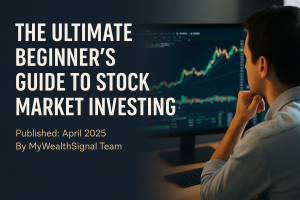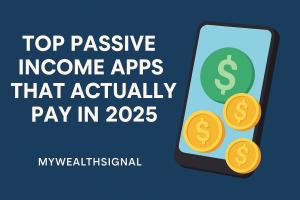Among the gravitational forces orbiting every portfolio, time exerts the most powerful pull. Harnessed wisely, time converts modest periodic contributions into sizable fortunes through compounding, the process by which earnings themselves generate additional earnings. A long‑term investment strategy therefore revolves less around predicting next quarter’s headlines and more around cultivating habits that let compounding work uninterrupted.

ARTICLE
Dollar‑cost averaging constitutes a foundational habit. By directing a fixed dollar amount into the market at regular intervals—monthly, biweekly, or each payday—investors purchase more shares when prices dip and fewer when prices soar. Over many cycles the cost basis averages out, mitigating the psychological trap of waiting for the “perfect” entry point and occasionally sidestepping the pain of a large lump‑sum purchase before a downturn.
Asset allocation shapes return expectations and volatility. Equities historically outpace bonds over long horizons, yet they swing wider during recessions. Determining the proportion of stocks, bonds, and alternative assets such as real estate or commodities depends on personal risk tolerance and goal timelines. A young investor might favor an eighty‑twenty stock‑bond blend, confident that decades of earnings will smooth market crashes, whereas someone nearing retirement could pivot toward a forty‑sixty mix to preserve capital.
Within the equity sleeve, diversification across sectors and geographies buffers portfolio peaks and troughs. An index fund tracking the entire global market stands as the simplest implementation, yet some prefer tilting toward growth or value factors. Studies indicate that factor tilting can enhance risk‑adjusted returns over long spans, but such tilts require patience; factors underperform for years at a time before rewarding conviction.
Rebalancing enforces discipline. As one asset class outperforms, it balloons relative weight, skewing risk profile. Setting a threshold—say, five percentage points deviation from target allocation—triggers trimming winners and adding to laggards. This mechanical process instills the psychologically challenging but financially rewarding behavior of selling high and buying low.
Tax efficiency amplifies compounding. Holding index funds in taxable accounts generates fewer distributions, minimizing annual tax drag. Tax‑advantaged accounts shelter rebalancing activity, allowing higher‑turnover strategies without penalties. Tax‑loss harvesting, the practice of realizing losses to offset gains, further cushions after‑tax returns. Over decades the cumulative benefit of such incremental optimizations rivals the impact of selecting individual outperforming securities.
Behavioral fortitude anchors strategy sustainability. Market corrections test resolve, yet abandoning a long‑term plan at the trough crystallizes losses and forfeits the rebound. Developing emotional resilience through historical study of market cycles, journaling rationales for asset allocation, and limiting news consumption curbs the impulse to capitulate. Some investors adopt a “set and forget” autopilot via target‑date funds precisely to outsource emotional risk to predetermined glide paths.
Liquidity planning undergirds the strategy. A separate short‑term bucket of cash or high‑grade bonds covers foreseeable expenses, insulating the compounding engine from forced sales. The size of this buffer depends on income stability, health considerations, and appetite for risk. Knowing that emergency funds exist allows the equity portion to weather storms unhindered.
Periodic goal reviews ensure alignment. Life evolves: careers shift, families grow, health prospects change. Reassessing contribution rates, risk tolerance, and horizon every year keeps the strategy a living document. Adjustments might include increasing equity exposure after a raise or scaling back risk during a sabbatical. Such recalibrations fine‑tune rather than overhaul, maintaining the long‑term compass heading while adapting to immediate realities.
Legacy planning often surfaces once portfolios reach significant size. Designating beneficiaries, establishing trusts, or setting up donor‑advised funds shapes how wealth continues to compound or benefit causes beyond the initial investor. Integrating these considerations early can optimize tax outcomes and ensure assets align with values.
Long‑term strategy thus unfolds as a choreography of regular contributions, balanced allocations, systematic rebalancing, psychological stewardship, and ongoing calibration. It substitutes the seductive drama of market timing with the quiet power of patience. Over years quiet compounding draws the once distant horizon steadily closer until goals stand within grasp as the reward for enduring commitment.
More Related Articles Below

With easy cash-out options, get your earnings quickly and efficiently. Whether it’s gift cards from top brands or real money rewards, Cash’em All has got you covered. With easy cash-out options, get your earnings quickly and efficiently.With easy cash-out options, get your earnings quickly and efficiently. Whether it’s gift cards from top brands or real money rewards, Cash’em All has got you covered. With easy cash-out options, get your earnings quickly and efficiently.
Copyright © 2025 My Wealth Signal. All rights reserved.






